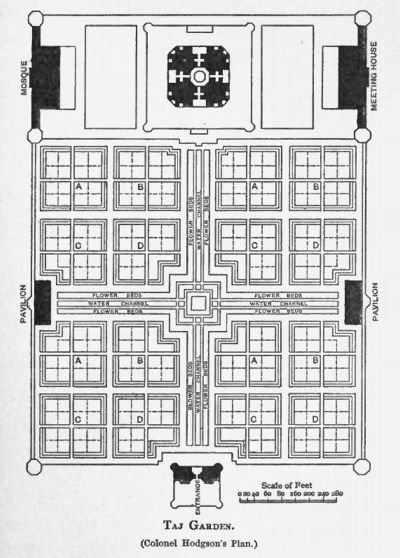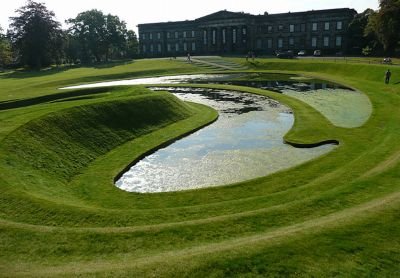Persian Garden Style evolved after the Egyptian Style of gardening. It marked the beginning of “Modern Garden Architecture”. The Persian garden was an answer to the aridity of the local climate where the high walled garden and the shady trees with its air cooled by streams and fountains, was a simple recipe for paradise. Mediterranean and hence all Western Gardens have their origins in Egypt between three and four thousand years ago. Since Egypt is a natural desert depending on the Nile for its fertility, its gardens were planted along reservoirs and irrigation canals.

The canals were straight for practical reasons; trees planted followed straight lines along the canals, It was also natural for the canal to have fish, lotus and supply of water. Hence, the theory goes that axial designs and layouts of gardens, the ‘formality’ of all classical Mediterranean inspired gardens to the present – via the Persians whose style swept eastwards to India and westwards via Spain with spread of Islam, and by the Romans whose adaptation of the Egyptian Style was repeated in the Renaissance.


